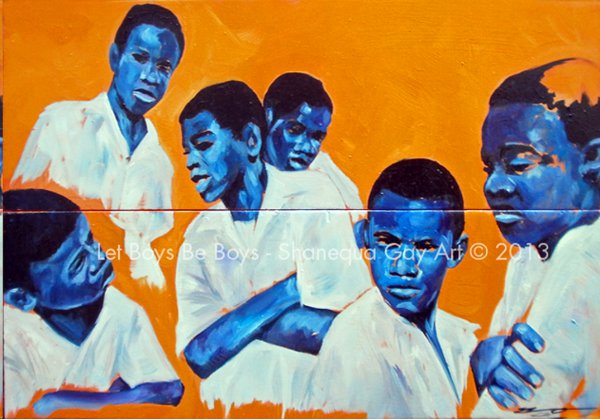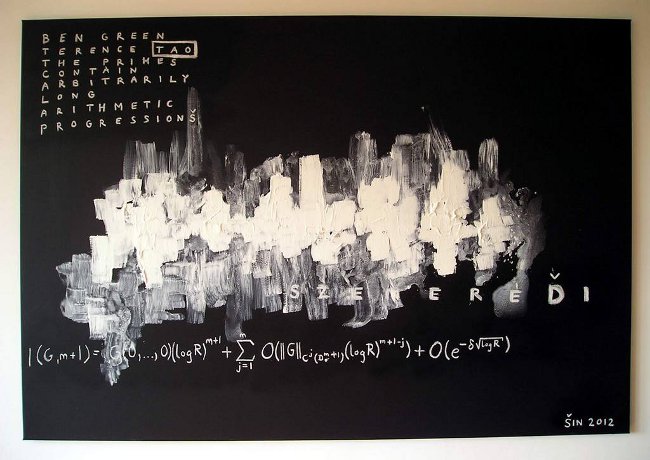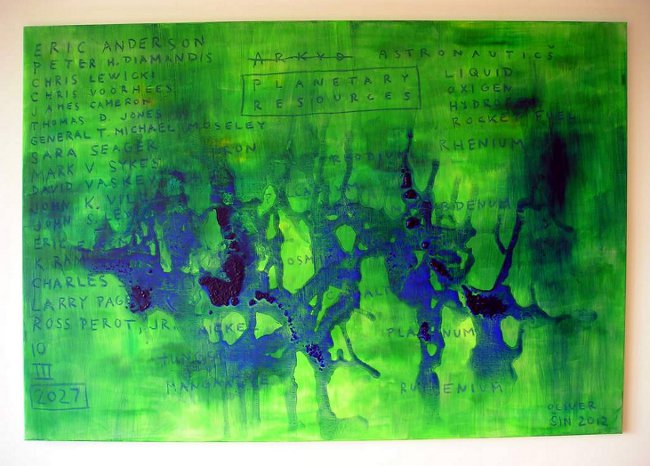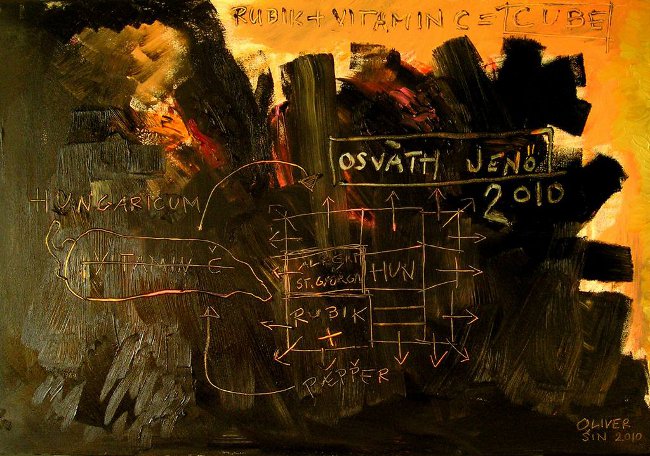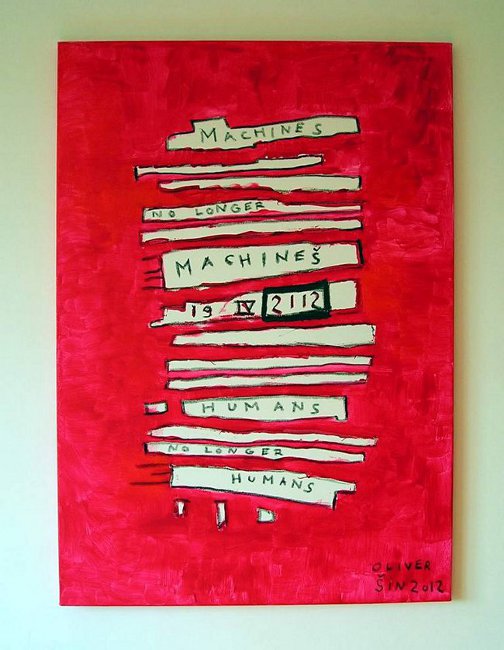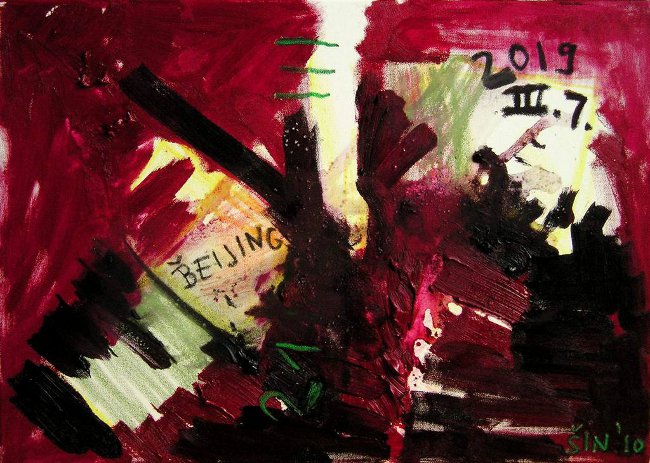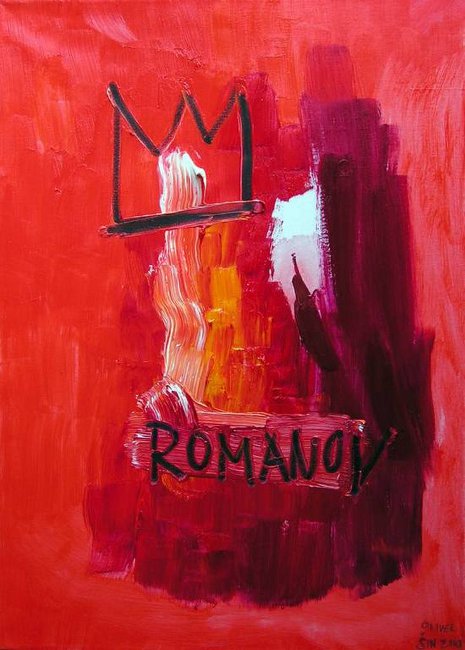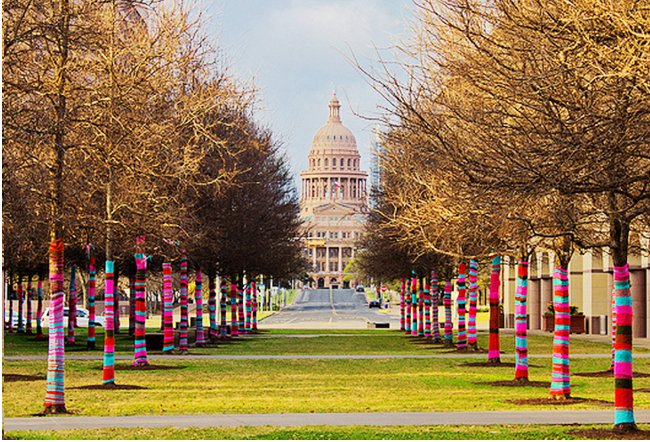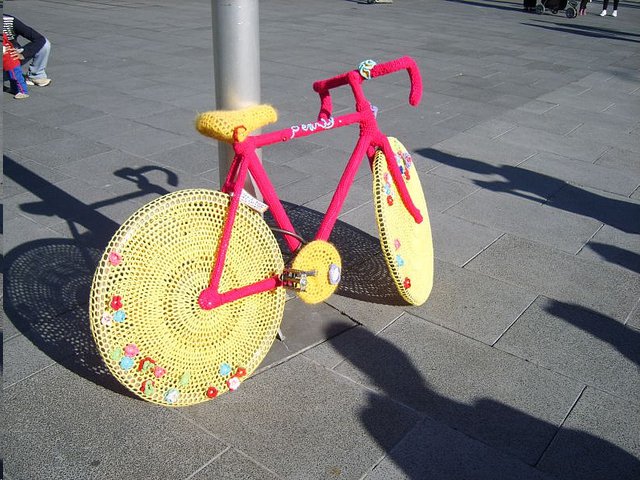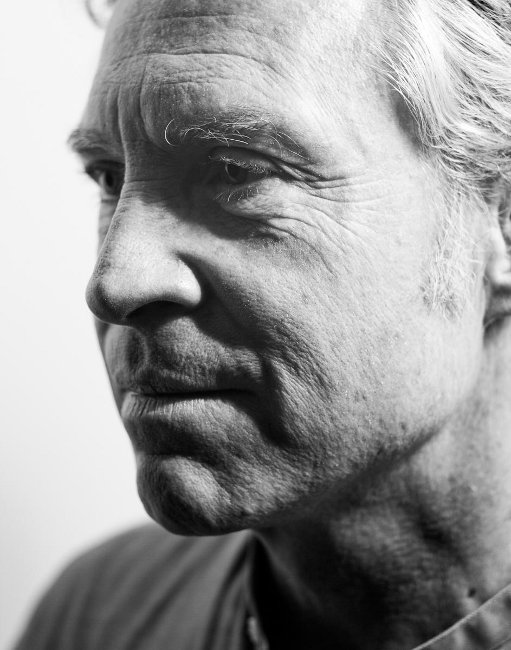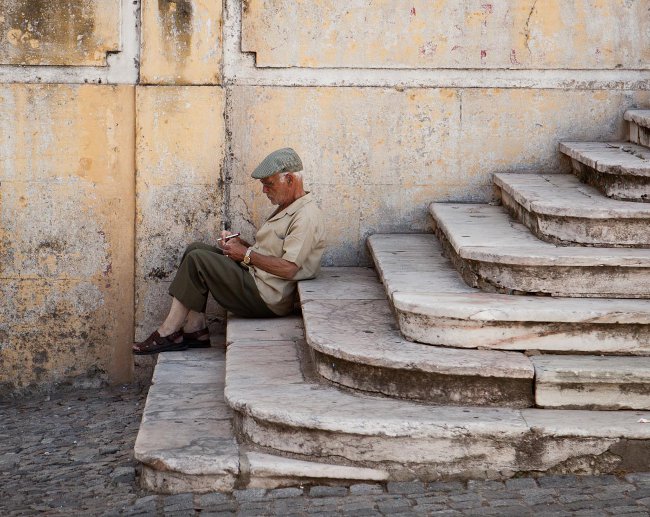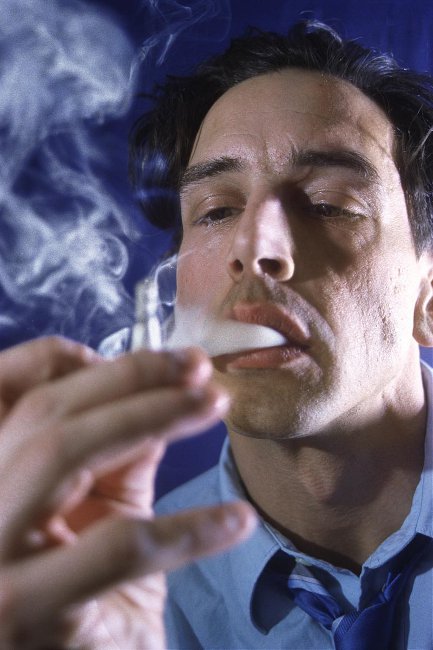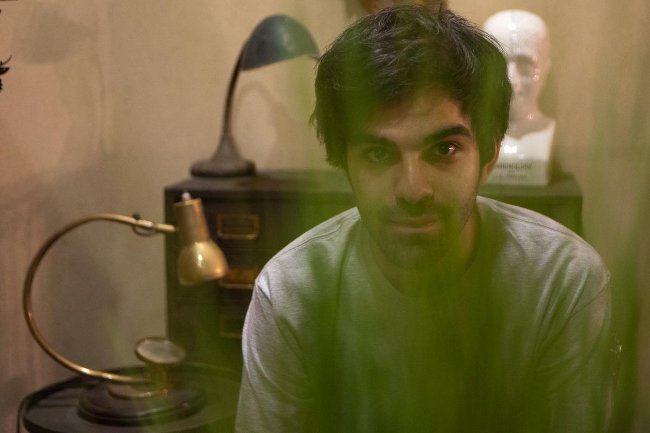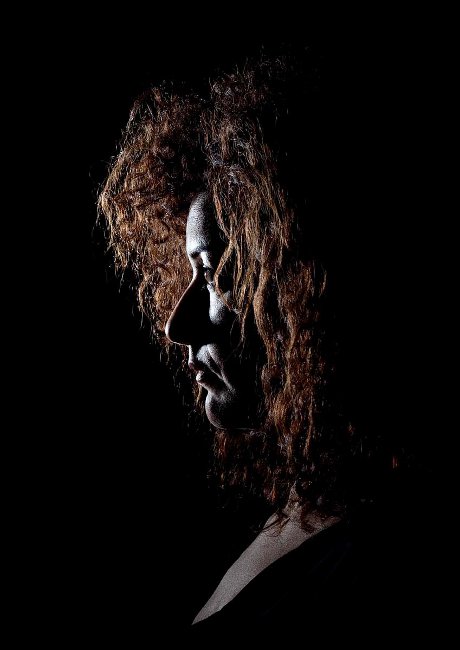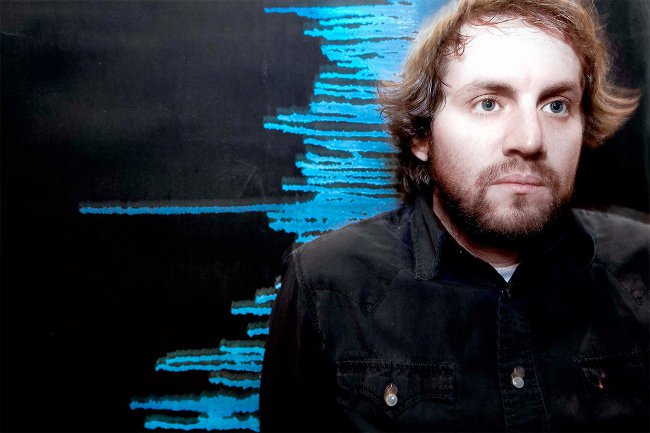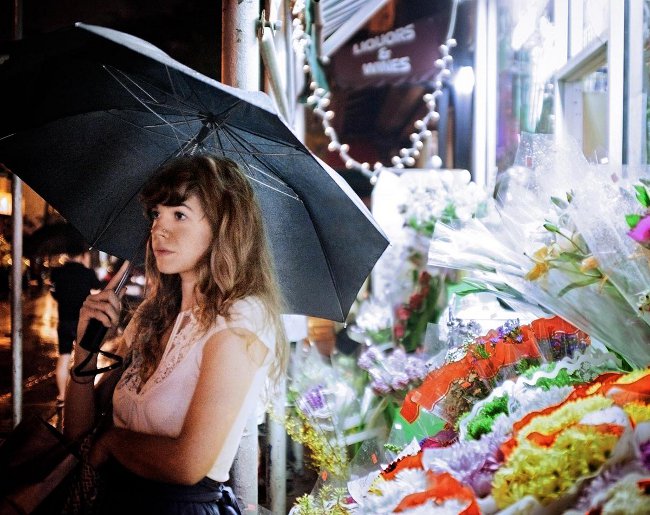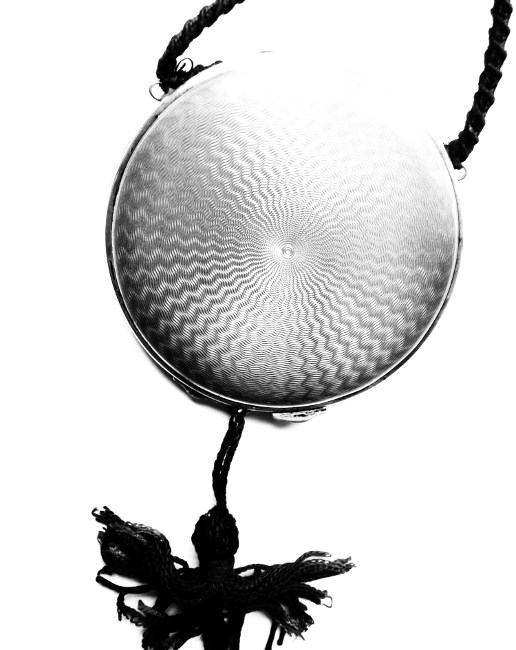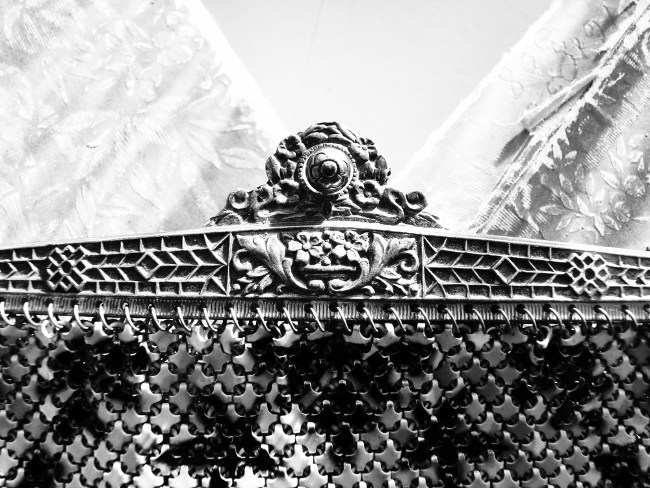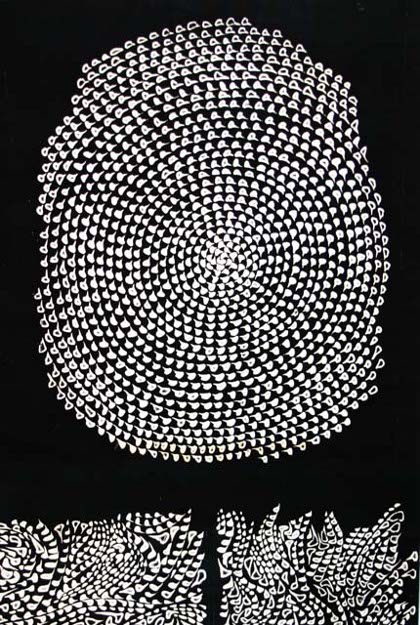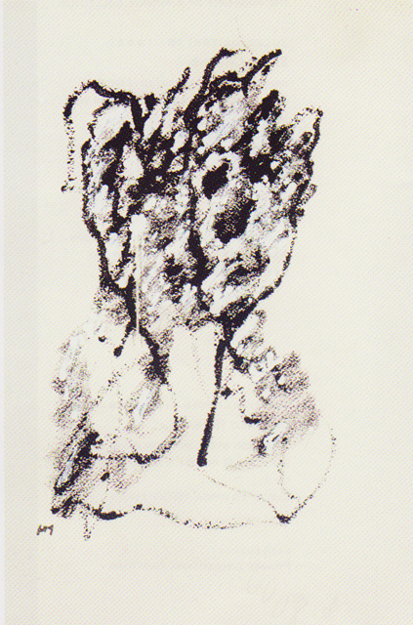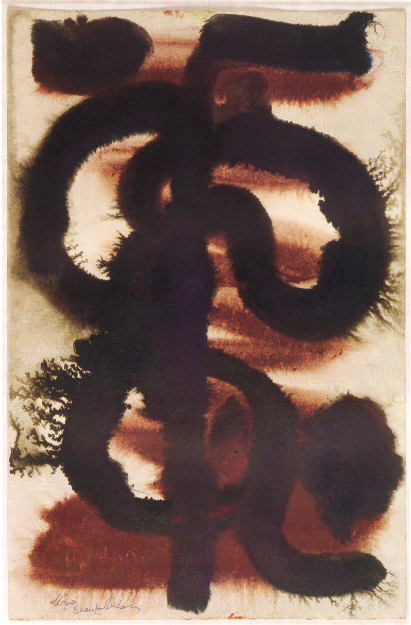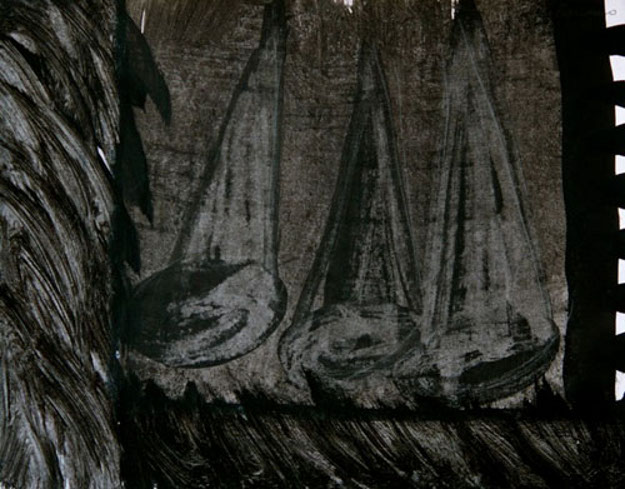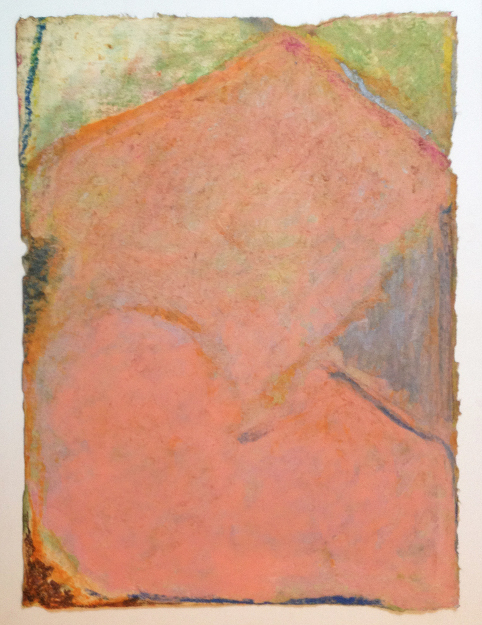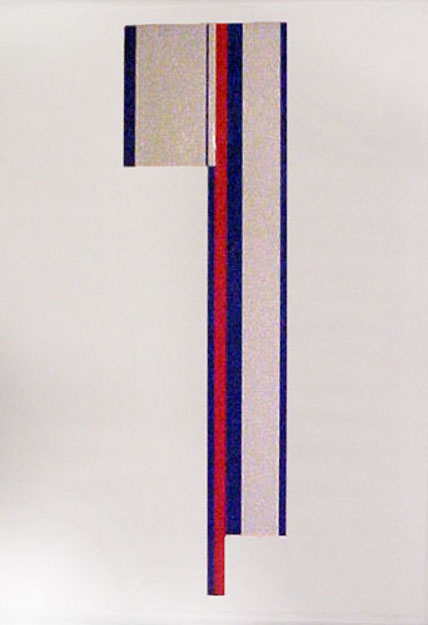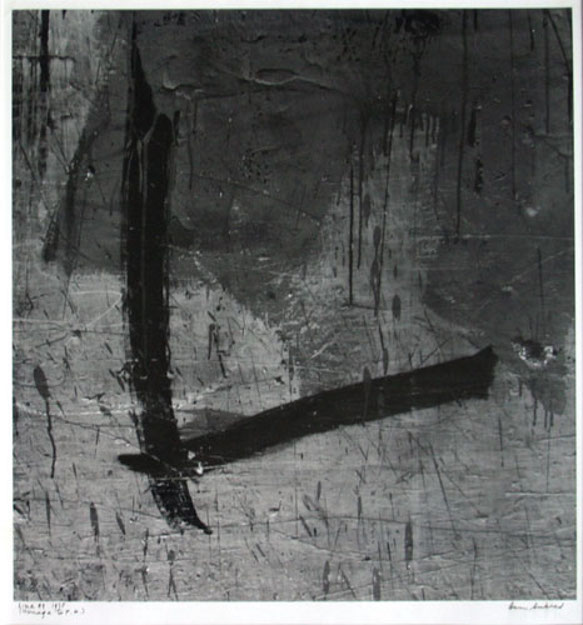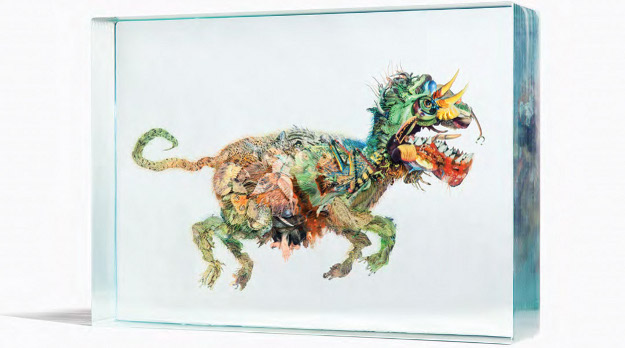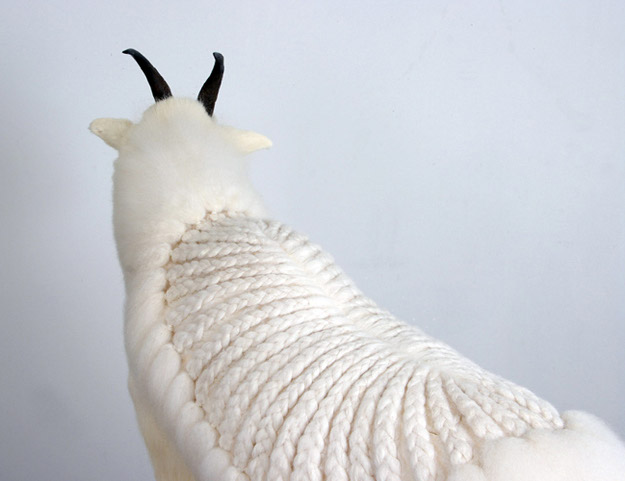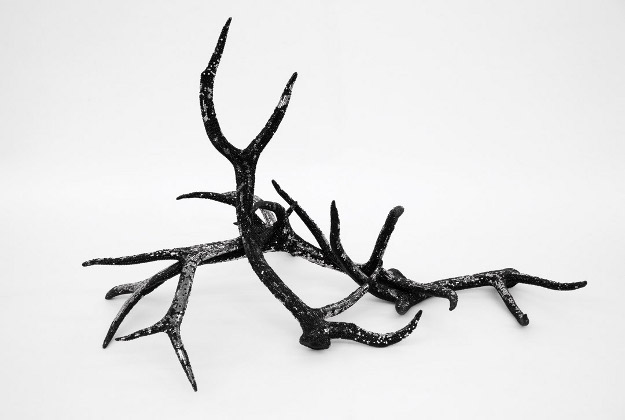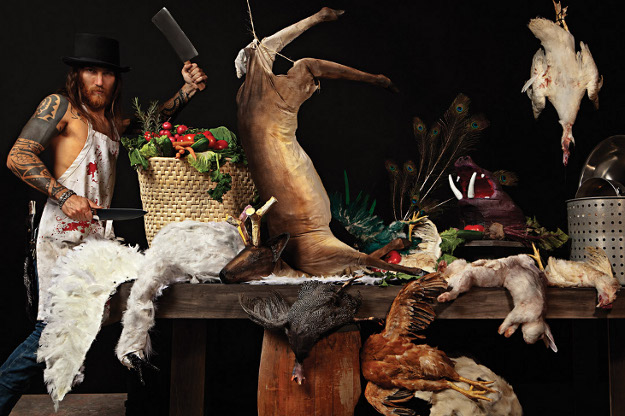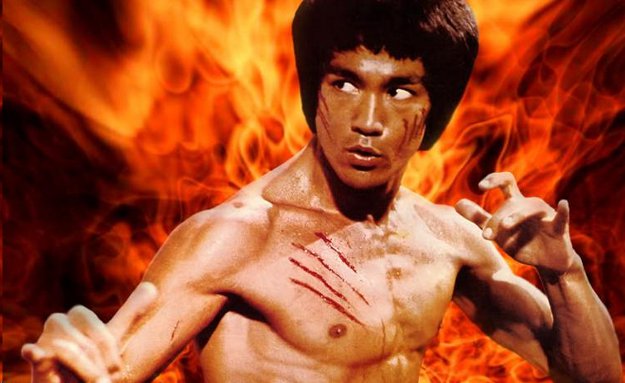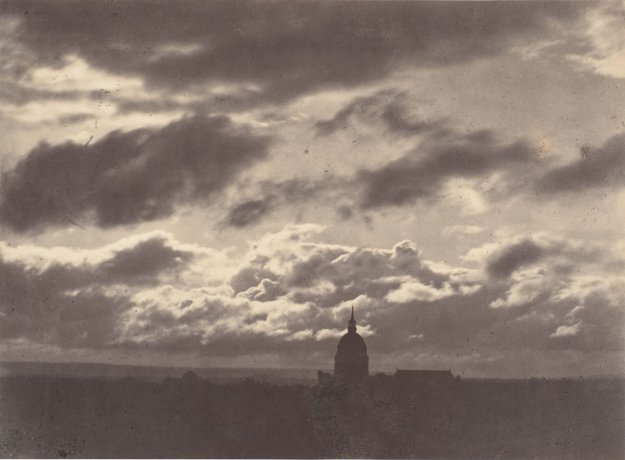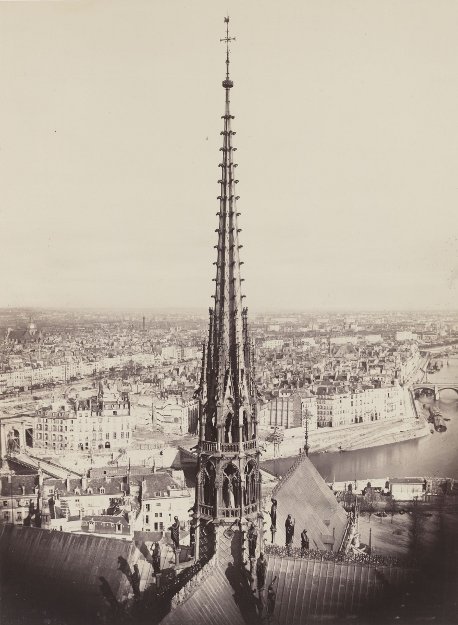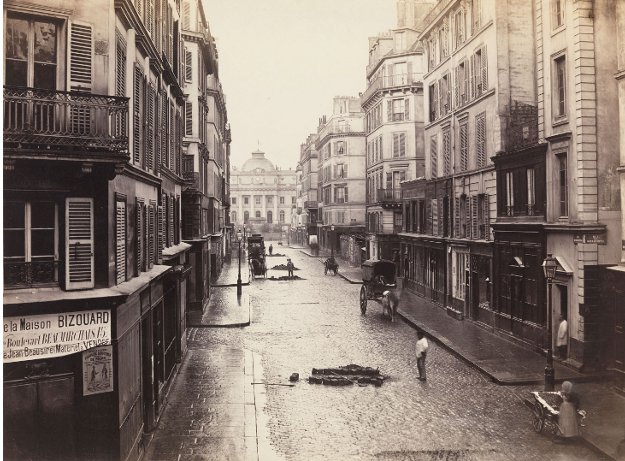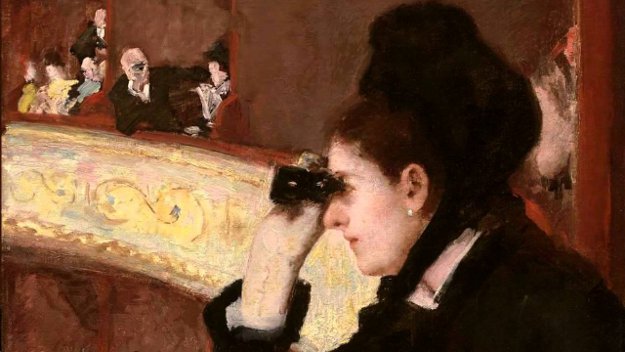If it’s true that beauty is in the eye of the beholder, and the beholder happened to be Adolf Hitler and his Third Reich henchmen, then the likes of Kandinsky, Kirchner, Kokoschka, and Klee (and that’s just the early 20th Century artistic giants whose names start with “K”) were in big trouble. By the time the Nazi campaign to purge the world of modernist art ended, some 20,000 pieces were confiscated, hidden, sold, or destroyed. Some survived, and for those of us fortunate enough to visit New York City’s Neue Galerie where “Degenerate Art: The Attack on Modern Art in Nazi Germany, 1937” is on display, we can celebrate this moving and unforgettable exhibit.
Housed in one of the most elegant mansions on Fifth Avenue, the Neue Galerie’s home was built in 1914 by the firm of Carrere & Hastings, which also designed the New York Public Library. Once acquired by Mrs. Cornelius Vanderbilt III, it was purchased in 1994 by art collector Ronald S. Lauder and Serge Sabarsky to showcase an expansive collection of German and Austrian art.
![]()
An integral part of the exhibit centers on the “Entartete Kunst” (Degenerate Art) show which debuted in Munich in 1937. Fortunately, a number of examples first shown in Munich make an appearance here. Max Beckmann’s Cattle in a Barn (1933) and Oskar Kokoschka’s Poster with Self-Portrait (1910) among many others take a bow. No art movement was spared—Expressionism, Surrealism, Cubism, and Dadaism—they were all part of Hitler’s attempt to implicate the works and their creators as inferior and beneath contempt. Whether the public attended out of cultural curiosity or simply a puerile interest in what “degenerate” implied, the traveling exhibition was a hit.
As chancellor, Hitler had inaugurated his own museum for German art in Munich only the day before. As Holland Cotter in his New York Times review of March 14th noted, “most of the art was locked into uplift-intensive academic styles of an earlier time” and “even Hitler seemed disappointed with the result.” Obviously, the government-sponsored “Entarte Kunst” show was mounted to convince the ordinary citizen the difference between “good” and “evil” art in no uncertain terms.
![]()
As the visitor ascends the magnificent spiral staircase of the landmark mansion to the third floor, a giant black and white photo mural of the exterior of the Haus der Kunst in Berlin greets the eye, its hordes waiting to get a glimpse of the infamous exhibit. Navigating the narrow hallway to the main show room, one is struck by contrasts—on one side is a photomural detailing a lineup of arriving Jews at the Auschwitz-Burkenau train stop. On the facing wall, yet another mural pops up of visitors lined up to view the 1937 exhibit. It’s not such a stretch to see that the vilification of modern art was only a few heartbeats away from the vilification of human beings, in other words, the Final Solution.
The same hallway boasts a timeline of the Nazis’ confiscation and plunder of art, along with posters meant to unify the German war effort. Utilizing a black, red and white color scheme, their geometric shapes are reminiscent of early Russian poster art and warrant more than a cursory inspection. (The amount of information to digest throughout, along with the artworks, is reason enough to make an early visit, as the lines to get in seem often on a par with the original opening exhibit of 77 years ago.)
![]()
The choice to highlight the contrasts between the Third Reich’s classicism and the rejected examples of everything outside its ideal is an excellent one. The shock of seeing the two sensibilities, split in half in the first central room, is almost palpable. The chief example is Max Beckmann’s triptych, Departure (1933-35) which details subjugation and torture on the side panels and a mysterious band of allegorical figures departing in an open boat in the center. It’s a powerful piece, leaving it up to the onlooker to decipher the deeper meaning. On the left, Adolf Ziegler’s The Four Elements gives us a triptych of four Aryan-appearing female nudes, representing fire, earth and water in the center panel, and air in the third. They fit the academic model but are a bit lackluster, for example, if compared to the radiance of a Botticelli Venus.
It’s worth noting that Hitler initially put Ziegler in charge of the purging of major museums throughout Germany, under the auspices of his minister of propaganda, Joseph Goebbels. The Four Elements must have worked its spell on the Fuhrer, because it hung over his own fireplace. Nevertheless, even Ziegler fell out of favor, eventually retiring after being sent to Dachau.
![]()
Near the Ziegler triptych, “DeCathlete” (1936), a neo-classical male nude by Richard Scheibe predominates, majestic in form but the pose as impersonal as an Egyptian tomb guard. Conversely, Karel Niestrath’s “Hungry Girl “(1925) in bronze on the opposing side, presents a young woman with ribs showing, a touching vulnerability suggested in her stance with the toe from one foot overlapping the other. Another bronze, “The Berserker” (1910), by Ernst Barlach portrays an angry man, twisting in his robes in a Samurai-like fashion. The Barlach sculpture and Ewald Matare’s “Lurking Cat” (1928)—as abstractly sleek as a Brancusi bronze—make it clear that there is room for greatness in all styles of artistic expression.
The Bauhaus school, whose artists and architects were forced out of Dessau as early as 1931, reopened in Berlin but was closed two years later. The clean futuristic line of their buildings if not “degenerate” was obviously anathema to the National Socialist party vision. Thankfully, many of them were prescient enough to leave the country for acceptance elsewhere. Ernst Ludwig Kirchner and his Die Brucke (The Bridge) colleagues—Otto Mueller, Erich Heckel and Karl Schmidt-Rottluff—are represented in a large group painting from 1925-26. They’re an impressive lot--looking as successful as a quartet of Dresden bankers, as yet unaware of the nightmares to come. Kirchner would die of a self-inflicted bullet wound in 1938.
![]()
It is in this Dresden room of the exhibit where Kirchner’s group portrait, along with all but one of the Brucke paintings that were included in the Entartete Kunst exhibit, can be found. Each commands attention and close inspection. A few standouts include Schmidt-Rottluff’s Pharisees (1912), a frightful band of figures jutting out at the viewer like a dark creation from the Brothers Grimm, and not to be missed, The Life of Christ (1918), a profanely satirical portfolio of woodcuts. Another gripping work is Lasar Segall’s Eternal Wanderers (1919), appearing like giant totems of despair. Paul Klee’s childlike apparitions are well represented, as is a surprisingly simple and lovely landscape by Kirchner entitled Winter Landscape in Moonlight (1919). Photomurals are once again evident—on one end wall an aerial view of bombed-out Dresden from 1945 and on the other the same medieval city, intact from a few years earlier.
Lest we forget the master works that are lost to us, several empty frames are hung in a first floor gallery to remind us of their absence. Also on view is a meticulously typed inventory of art works that passed through Nazi hands, on loan from the Victoria and Albert Museum and several self-portraits that suggest in their renderings the devastation many of them faced, along with the destruction of their works.
The theft and obliteration of so much art from the period has captured the public imagination for a number of years. Films such as John Frankenheimer’s The Train from 1964 and George Clooney’s recent directorial offering, The Monumens Men, have put the whole business front and center for public enlightenment. More importantly, the German government’s confiscation in 2012 of 1,280 paintings and drawings from the Munich home of Cornelius Gurlitt has had a huge impact on the art world at large. Three hundred works collected from that raid were originally part of the 1937 Munich exhibit.
For any reader curious to know more, it’s a fascinating story of one family’s obsession with art. Hildebrand Gurlitt, Cornelius’ father, was one of four art dealers allowed by the Nazis to buy and sell those works considered degenerate, some considerable part of them still in the custody of the German government. Cornelius Gurlitt passed away at 81 in early May of this year, with no known heirs. The trove of art treasures unearthed make the mind almost reel in disbelief—Matisse, Picasso, Chagall, Kandinsky—the list goes on. Many are still in Gurlitt’s possession and many more subject to claims of restitution.
To explore the passions and imperfections of humankind in all its manifestations as these artists under attack did is a worthy goal, but one that was unacceptable to the Nazi ideology. There can be a hollowness and danger at the core of ideals for the sake of ideals alone, and it is this theme that is so conscientiously executed in the exhibit. Thanks are due to board member and art historian Dr. Olaf Peters, who not only impeccably organized the show but edited the accompanying publication.
Degenerate Art: The Attack on Modern Art in Nazi Germany, 1937will be on exhibit until June 30, 2014. The Neue Galerie, a Museum for German and Austrian Art, is located at 1048 Fifth Avenue, New York, NY 10028 (212) 628-2800.
Photos: 1. Ernst Ludwig Kirchner, A Group of Artists, 1925-26; 2. Lasar Segall, Eternal Wanderers, 1919; 3. Ernst Barlach, The Berserker, 1910; 4. Oskar Kokoschka, Self-Portrait for Der Sturm, 1910; 5. Max Beckmann, Departure, 1932-35; 6. Adolf Ziegler, The Four Elements, 1937.
Author Bio:
Sandra Bertrand is Highbrow Magazine’s Chief Art Critic.


